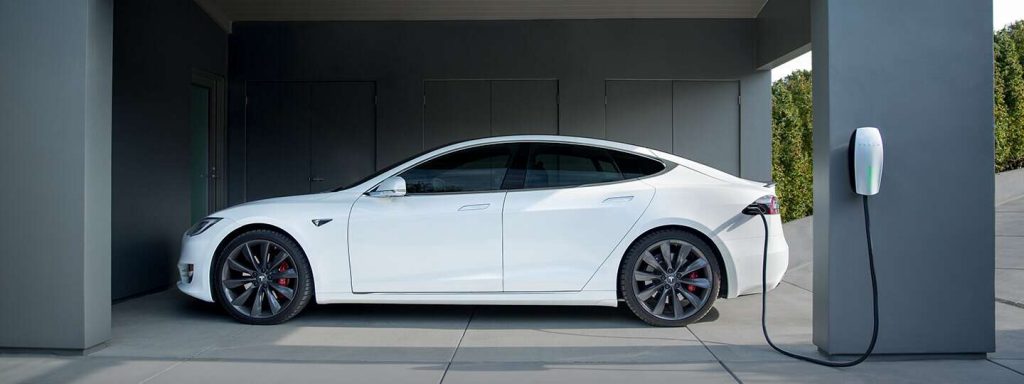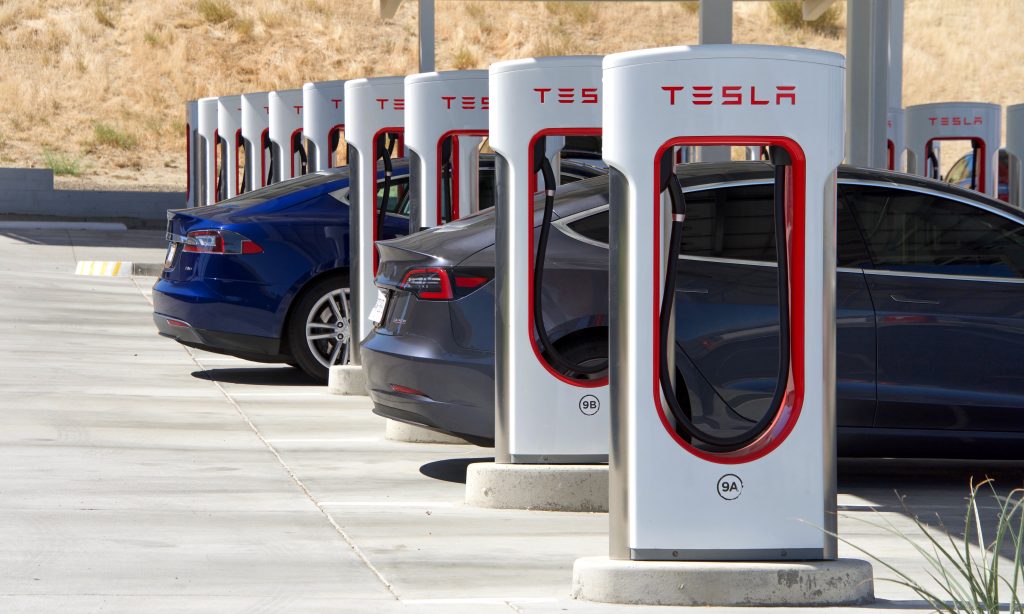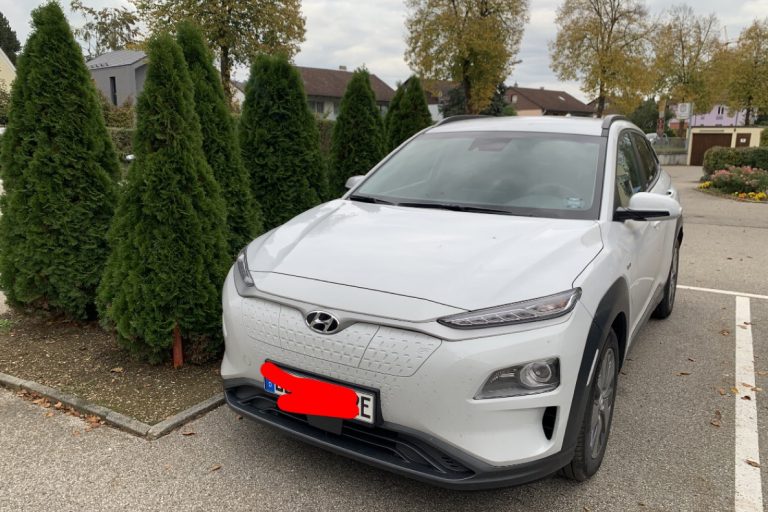The wholesome benefits of electric vehicle (EV) cannot be reaped unless associated infrastructure is not put in place. While being less reliant on fossil fuels, EV is a great way to bolster initiatives, such as carbon-free environment. As of now, EV sales make up to 8% of global vehicle sales. This percentage is expected to rise to 1/3rd of global sales by the end of the year 2020. Furthermore, the demand for EVs will grow to such an enormous degree by the year 2030 that they will account for 51% of the auto market. Seeing this trend, automobile manufacturers have pledged to invest $300 billion towards EVs and EV charging infrastructure development. While these developments are very appreciable to their core, but in essence, it indicates towards one sheer gray area which is lethal enough to destroy the novelty of electrical vehicles. This gray area pertains to the EV charging commercial and residential EV charging home issues. This tussle of home vs commercial EV charging is very imperative to be dealt with. To understand this, a quick overview of EV charging can prove to be beneficial.
There are three levels that are prevalent pertaining to EV charging. Level 1 charging is the slowest but most readily available source of EV charging. This typical residential EV charging uses a 110V supply line to charge an EV. Level 2 EV charging is relatively faster than Level 1 and uses a supply voltage of over 200V (typically 220V) to charge an EV. Generally, it can charge an EV at a rate of 12 to 60 miles per hour. Level 3 chargers are the fastest and distinguished EV chargers. Unlike Level-1 and Level-2, they use Direct Current (DC) to charge an EV. Their voltage rating is as high as 800V and charges a typical EV up to 80% in just 20 to 30 minutes. However, as opposed to the other two levels, these types of EV chargers cannot be used as residential EV charging, and therefore, can only be installed as EV charging commercial units.
The Challenges of Commercial and Residential EV Charging
The basic idea behind EV charging commercial and home units seems to be very similar, which in actual is indeed similar. But like any other conflicting thing, there is a thin margin line which emerges as a challenge in the form of home vs commercial EV charging. To have a better understanding, let’s discuss the respective challenges separately. Following are the challenges for both EV charging home and EV charging commercial:
Challenges of Residential EV Charging

Below is the overview of challenges related to residential EV charging:
- Property Ownership: Property ownership poses a very gross concern for setting EV charging home units. It won’t involve much of a hassle for property owners or homeowners, but those who live in a shared vicinity or multi-tenant building such as apartments, face a lot of hardships in charging their EVs at their place of residence. Such people first of all have to face several regulatory issues, such as the consent of the homeowner or other person using the same building. Secondly, they also have to face an infrastructural limitation where residential properties aren’t equipped with the extra incremental load handling strategies. So, even if a homeowner or other stakeholders permit to charge EVs, regulatory penalties may tend to lose the efficacy of charging EVs at home.
- Slower Charging: Most of the residences host Level-1 chargers which charge an EV at an extremely slower rate. Typically, a person has to plug his/her vehicle overnight or more than that to charge it fully. While Level-2 chargers are also available for residential EV charging but the associated infrastructural cost bars many EV drivers to either commute to far-flung public charging stations or to rely on slow charging of Level-1 EV chargers.
- Ampere Rating: It is also one of the major EV charging home challenges. While most of the EVs get charged on the 32A EV chargers, but it has been seen that most of the latest EVs, such as Tesla 3, features 48A EV charging, whereas Chevy Bolt uses a 40A charger to get charged. Since it seems that future EVs will feature more ampere ratings charging capabilities to decrement the charging time. Therefore, it is a very pinnacle challenge for the residential EV drivers to choose such a charging port or infrastructure which shall meet their future EV charging aspirations.
Challenges of Commercial EV Charging

Following is the overview of key EV charging commercial challenges:
- Demand Charges: It is a very prominent challenge when it comes to commercial EV charging. Once someone sets up commercial EV charging stations, demand charges come as a resistive force. In the form of demand charges, EV charging commercial station owners have to pay a fixed amount per month just for the reason that a large amount of energy is at their disposal. Consequently, this cost is passed on to the customers which ultimately results in the costly EV charging for the end consumer.
- Bureaucratic Hurdles: For setting up an EV charging commercial setup, a person has to experience a lot of bureaucratic hardships. From import duties to getting permissions and licenses, there is a lot involved for the person who pursues the establishment of a commercial EV charging station. Subsequently, it increases the overall time frame to establish a commercial EV charger, and therefore, depreciates the morale of those who are interested in widening the spread of EV charger network.
- Location: It is one of the most common as well as most talked EV charging commercial challenges. It is said that 95% of EV charging occurs at home. It is also due to the reason that commercial EV charging stations aren’t located near to the load centers or the locality where sheer demand of EV charging ports exist. People are becoming immune to the residential EV charging and this trend is depreciating the cause of increasing public or commercial charging stations.
Conclusion
The growth of EVs is highly dependent on the implacable enactment of residential EV charging units as well as EV charging commercial stations. Amid home vs commercial EV charging tussle, the sheer global commitment towards reducing the carbon emissions will hamper. This can only be avoided if challenges are mitigated with clarity and sound strategy. The implications of EV charging home units are very easy to mitigate by promoting the culture of public charging. However, those who still want to charge their EVs at home and want to mitigate the challenge of ampere ratings, it is advised to equip residential charging with a 40A charger. On the other hand, challenges related to commercial EV charging will need to be dealt with stringent measures too. The viable solution is to proceed with the multidisciplinary approach of easy processing and promoting people to opt for commercial charging. In this way, the process of establishing the commercial EV charging station will be eased up along with the un-burdening of the residential electrical network. In either way, the private sector will come forward to establish EV charging stations on their own with their attractive sales and advertising mechanisms. This will ultimately result in increased EV charging stations, boosting commercial activity, meeting the carbon emission goals, and easing the life of those who own EV and couldn’t charge them at home due to being in the shared vicinity.
Want to know specific about Germany EV charging requirements, click here.
References
- http://www.autonews.com/mobility-report/ev-sales-growing-faster-expected
- https://evcharging.enelx.com/news/blog/550-different-ev-charging-levels
- https://cleantechnica.com/2018/03/18/residential-ev-charging-top-brands-home-solar-renters-vs-owners-cleantechnica-report/
- https://www.techrepublic.com/article/the-challenges-of-ev-charging-10-things-to-know/




